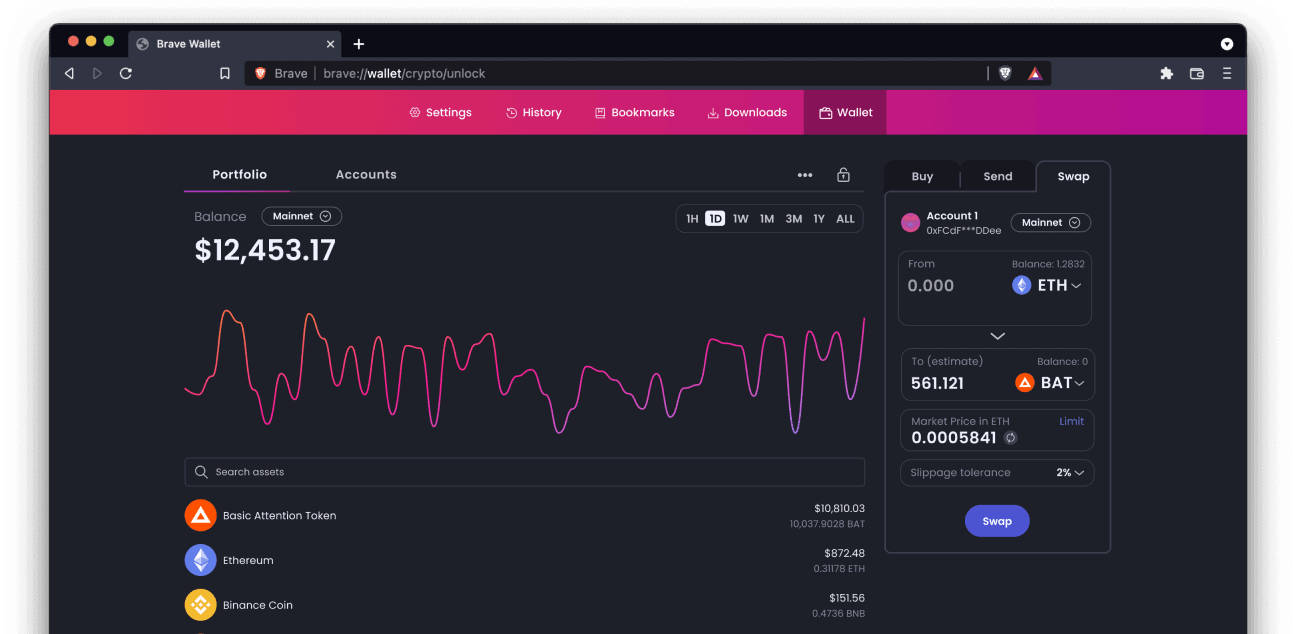

With the latest offering, Brave users will be able to import their existing wallets from MetaMask or hardware wallets such as Trezor or Ledger. “The Brave Wallet requires no extensions and is instead browser-native, removing key performance and security concerns while preserving the core features of popular crypto wallets. By emulating popular wallets like MetaMask, hackers can trick users into entering their private keys.Įxplaining the features of native browser wallet, Brian Bondy, CTO and co-founder of Brave, said: In the past, users have reported losing funds to hackers through fake web extensions. Brave claims that Web3 wallets used primarily as browser extensions may be more susceptible to thefts and other attacks. And in its turn, this means we can use it for other purposes as well.In the press release, Brave said a native crypto wallet will be useful in overcoming security and performance issues that are usually associated with browser extensions. This simply means they use less CPU and memory.

Plus, they do not require extra background processes. The team also proves that the Brave browser and the Brave Wallet are much safer than other browsers and extension-based wallets. You only have to import your wallet from MetaMask or other self-custody wallets, such as the Brave legacy Crypto Wallets extension, and manage it from the browser directly. However, what we liked the most is that it operates with a non-fungible token (NFT) and multi-chain support. The list truly includes many useful features and allows users to manage their portfolios. Of course, you can send and get assets, buy with fiat via Wyre, interact with DApps for any EVM compatible network, etc. Another interesting feature allows us to find the best price match against a list of providers. Among them, we can mention the feature that allows users to see live and historical market graphs. In this sense, the Brave Wallet has a number of advantages.


 0 kommentar(er)
0 kommentar(er)
